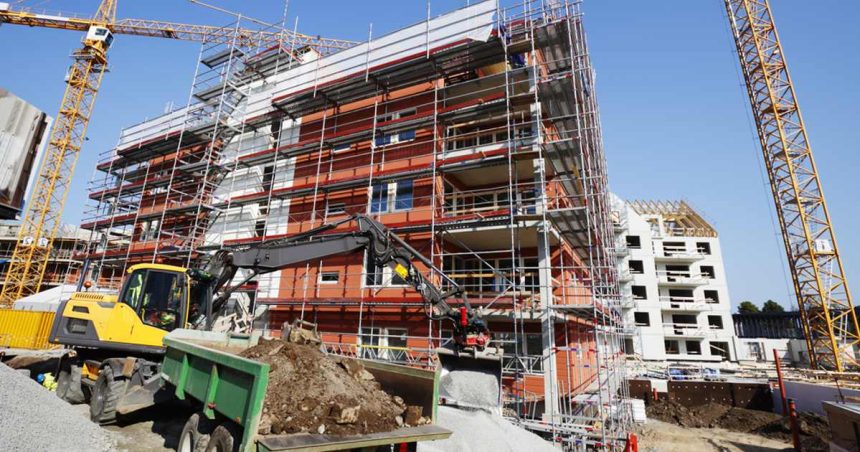Just as builders begin to get a handle on construction costs, economists are saying another wave of price hikes will hit the industry by the end of the decade.
The predictions come from a new study by Oxford Economics Australia, where the research firm dove into the recent spike in construction costs that have claimed thousands of scalps from now-shuttered businesses.
According to economists, the inflation that has seen tradies tightening their toolbelts has begun to slow from it’s unprecedented levels seen in the 2022-2023 financial year, offering some reprieve for builders in the short term.
But that breathing room appears to be short lived. The report predicts the recent increase in costly sustainable practices, a late-stage scramble to meet project demand and the delayed impact of current inflation on wages will see construction cost growth accelerate towards four per cent by 2028, and even higher towards 2030.
Thomas Westrup, senior economist and study co-author, said this hike could easily add $200 million to the price tag of a multi-year $1 billion megaproject.
“We see significant risks of cost escalation once more surprising on the upside in coming years – even if the RBA is successful at quarantining CPI growth within its 2-3 per cent target band,” added Westrup.
“Without substantial improvements in construction industry productivity, this presents risks for a significant reacceleration in construction cost escalation later this decade”.
Adrian Hart, the company’s Director of Construction and Infrastructure, echoed Westrups’ findings, claiming only a significant boost to productivity in the coming years could prevent builders from closing their doors for good.
“Improving industry productivity is critical not just to minimising escalation risks, but in actually delivering on the many infrastructure and housing promises targeted by the governments across Australia given limited market capacity,” said Hart.
Spike in construction collapses
The bleak predictions come only days after CreditWatch revealed the so-called easing market conditions had caused construction company insolvency to skyrocket by almost 50 per cent in May.
According to the firm’s latest Business Risk Index Report, the construction sector topped the list in business payment defaults, setting a new record with a 21 per cent increase on last month’s data and a 58 per cent increase over the past year.
The construction sector also clocked the highest rate of late payments with 10.46 per cent of all businesses in the sector having payments more than 60 days late.
In 2024, construction is the second-ranked industry for outstanding debts of more than $100,000 to the Australian Tax Office with a rate of 1.21 per cent, just behind the food and beverage services industry at 1.7 per cent.
In the financial year to 26 May 2024, 2,643 construction firms entered external administration, a 140 per cent increase on the same period in 2022.
The failure rate for the construction sector increased by 15 per cent over the last six months alone.
CreditorWatch chief executive Patrick Coghlan said he didn’t expect the pressure on builders to ease until several rate cuts restored consumer confidence in the sector.
“Multiple interest rate hikes and stubbornly high inflation have forced consumers at all income levels to cut back on spending,” Coghlan said.
“We don’t expect a meaningful turnaround in consumer confidence until the impact of at least two rate cuts has been felt, which won’t be until well into 2025.”







